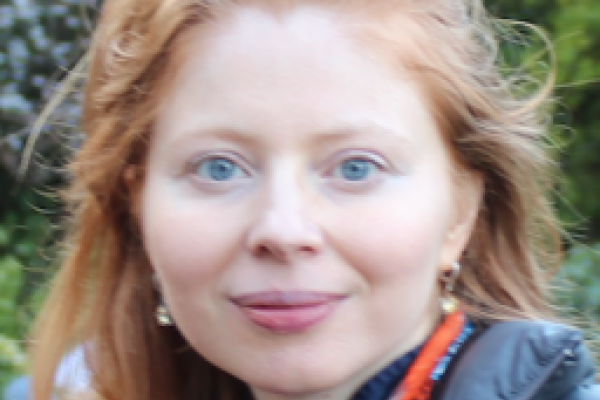
Abstra
Semiclassical models, such as Strong Field Approximation (SFA) are widely used to investigate strong field ionisation of atoms and molecules and have been instrumental in our understanding of ultrafast laser-matter interaction. Some examples of their application include imaging of molecular orbitals, extracting ionisation delays, and (famously) generation of attosecond pulses from atomic targets via the the process of high harmonic generation (HHG). Here, we present a brief overview of some key processes in ultrafast laser-matter interaction, the underlying theory and applications. We then show some new approaches to problems where commonly used analytic treatments break down or are entirely inapplicable, such as in interaction of ultrashort laser pulses
with nano-structures or streaking experiments in molecules. Finally, we indicate how existing analytic tools developed to describe attosecond pulse creation in atoms can be adopted to study high harmonic generation in solids.
Semiclassical models, such as Strong Field Approximation (SFA) arewidely used to investigate strong field ionisation of atoms andmolecules and have been instrumental in our understanding of ultrafastlaser-matter interaction. Some examples of their application includeimaging of molecular orbitals, extracting ionisation delays, and(famously) generation of attosecond pulses from atomic targets via thethe process of high harmonic generation (HHG). Here, we present a briefoverview of some key processes in ultrafast laser-matter interaction,the underlying theory and applications. We then show some new approachesto problems where commonly used analytic treatments break down or areentirely inapplicable, such as in interaction of ultrashort laser pulseswith nano-structures or streaking experiments in molecules. Finally, weindicate how existing analytic tools developed to describe attosecondpulse creation in atoms can be adopted to study high harmonic generationin solids.
